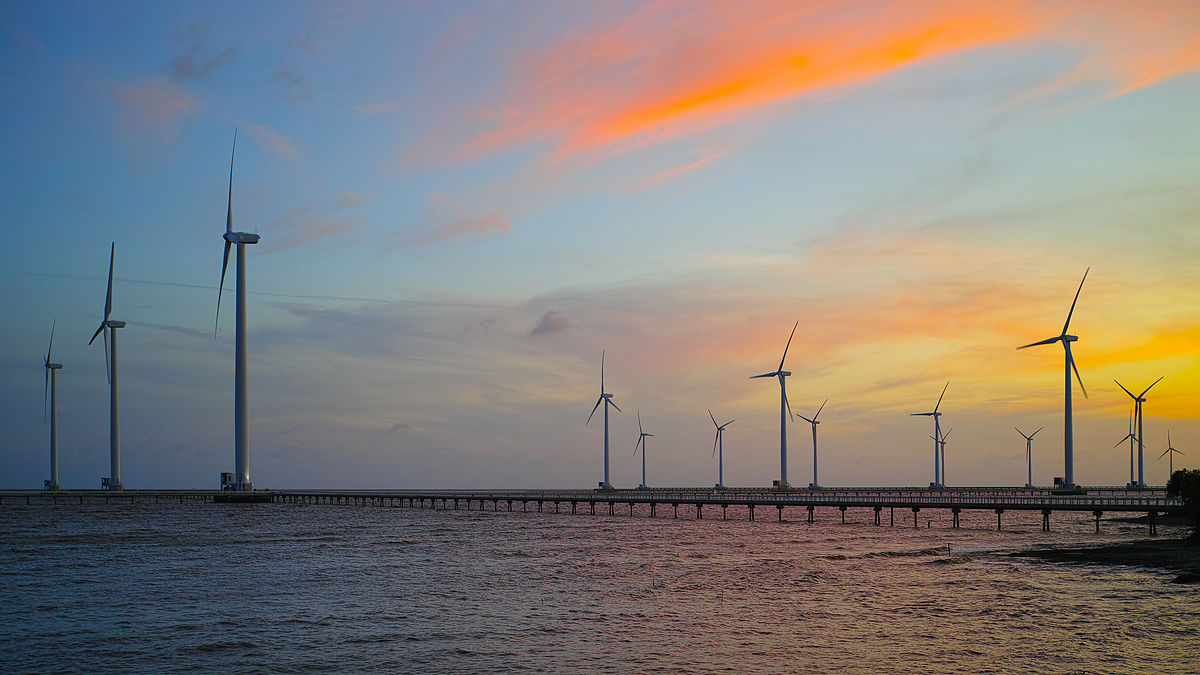Renewable Energy Investment in Southeast Asia
Climate change has become the number one priority in this new decade. Research and investment in renewable energy is commonly seen as a viable path to combatting this issue. The release of greenhouse gases, polluting emissions, as well as the environmental destruction associated with the extraction of non-renewable energies, are all consequences of the unsustainable practices that society has continuously been promoting for its own profit-making. The negative environmental impact of the extraction processes associated with these energy sources has begun to alert individuals and governments around the world, leading some countries to encourage investment in renewable energy. In 2015, at the World Climate Summit (COP21), the Paris Accord managed to “obtain nearly 200 signatory countries” that pledged to limit carbon emissions; world nations came together and agreed that there was a common threat to all, climate change.
Renewable Energy in ASEAN
The Association of the Southeast Asian Nations, (ASEAN), is an organisation consisting of ten southeastern Asian countries. This organisation was formed in 1967 to promote “cooperation in the economic, social, cultural, technical, educational and other fields, and in the promotion of regional peace and stability through abiding respect for justice and the rule of law and adherence to the principles of the United Nations Charter.”
In 1997, ASEAN vision 2020 was established. This agreement consisted of objectives varying from economic, social, and environmental grounds, from reducing poverty and sharing technological information to investing in renewable energy. It was already determined before the turn of the 21st century that sustainability and efficiency were of the utmost importance. One of the clauses states: “We resolve, inter-alia, to undertake the following: […] Establish interconnecting arrangements in the field of energy and utilities for electricity, natural gas and water within ASEAN through the ASEAN Power Grid and a Trans-ASEAN Gas Pipeline and Water Pipeline, and promote cooperation in energy efficiency and conservation, as well as the development of new and renewable energy resources. ”
This was not the last time that renewable energy was at the heart of concern in the region. Two decades later, ASEAN would meet in the 33rd ASEAN Ministers of Energy Meeting to discuss the implementation of further renewable energy technologies in the hope of reaching 23% total electricity obtained from renewable energy by 2025. This meeting also led to an update to ASEAN Plan of Action for Energy Cooperation (APAEC) 2016-2025 and its Phase 1: 2016-2020. This agreement elaborates on the achievements and programs of ASEAN concerning its environmental goals. Investment, awareness and partnerships are all examples of strategies that ASEAN desires to use in order to promote renewable energy.
Nonetheless, while these are great objectives, investing in renewable energy takes time and is costly.
Case Study: Renewable Energy in Vietnam
With a population of 97.33 million, Vietnam is recognised as a country relying heavily on coal as a source of energy. However, coal is a non-renewable resource which makes it unsustainable. Furthermore, the nation is undergoing an increase in the importation of coal as large amounts are required for its rising numbers of thermal power plants. The government must address the increase in the demand for energy as well as the risk of facing power shortages due to the rapid economic growth of the country over the past thirty years. The fact that coal is cheaper than other sources of energy is more appealing to countries which do not necessarily possess the economic means to purchase other resources.
Nonetheless, the environmental and health consequences of coal plants vehemently outweigh the benefits. Through the revision of the Power Development Plan 7 it is clear that Vietnam has plans to develop and build further coal plants. This development plan consists of explaining Vietnam’s targets regarding energy production. It illustrates that energy from coal plants will still be the main source of energy of the nation’s total output until 2030, and that it will only rise before finally decreasing after this time. During this time, renewable energies would increase to account for 20% total electricity production by 2030, an overall 8% jump. This plan reflects the desire of the government to subtly shift in production sources, however, with climate change being irreversible and Vietnam being directly at risk by this threat, it might not be a sufficient solution.
The burden of limiting carbon emissions should not be placed solely on Vietnam or ‘developing’ countries, as it is a global concern that must be addressed directly and effectively. Though the transition may be long and costly for Vietnam, that has not stopped the country from investing in renewable energies to meet their environmental goals. A recent project which will start in 2021 consists of creating an offshore wind farm in the southern province of Ben Tre. This project should be completed by 2023 and will help Vietnam achieve its low carbon emission goals in the long run. Projects just like this one are likely to become increasingly prominent as energy companies start to invest within the country.
Conclusion
Renewable energy has become an important topic in ASEAN’s environmental discourse. As the demand for energy is on the rise, government administrations must choose carefully between investing in renewable energy or cheaper alternatives. ASEAN has demonstrated a strong desire to continue the transition from non-renewable to renewable energies in order to encourage sustainable development worldwide. Even though the transition from fossil fuels to renewable energies may be long and costly, countries such as Vietnam are currently taking initiatives in order to accomplish their long term goals and reduce their dependence on unsustainable means of obtaining electricity. Through common agreements and environmental meetings, ASEAN has forced the rest of the world to witness and acknowledge their determination in mitigating climate change.
Edited by Zach Beresin
Photo credits: “Bạc Liêu windpower farm, Vietnam” by Shansov.net. Published 5th of February, 2016. This work was sourced under a Creative Commons Attribution-Share Alike 3.0 Unported license. No changes were made.

